
It seems like tomatoes get all the gardening love. But we’re putting aside those divas of the garden to talk about a cucurbit that also has a bit of a reputation – zucchini.
We all joke about how prolific zucchini is, but sometimes, these summer squash can be a bit of a pain to grow. Between powdery mildew, low pollination rates and surprise baseball bat-sized zucchini, this is one garden favorite that will keep you on your toes.
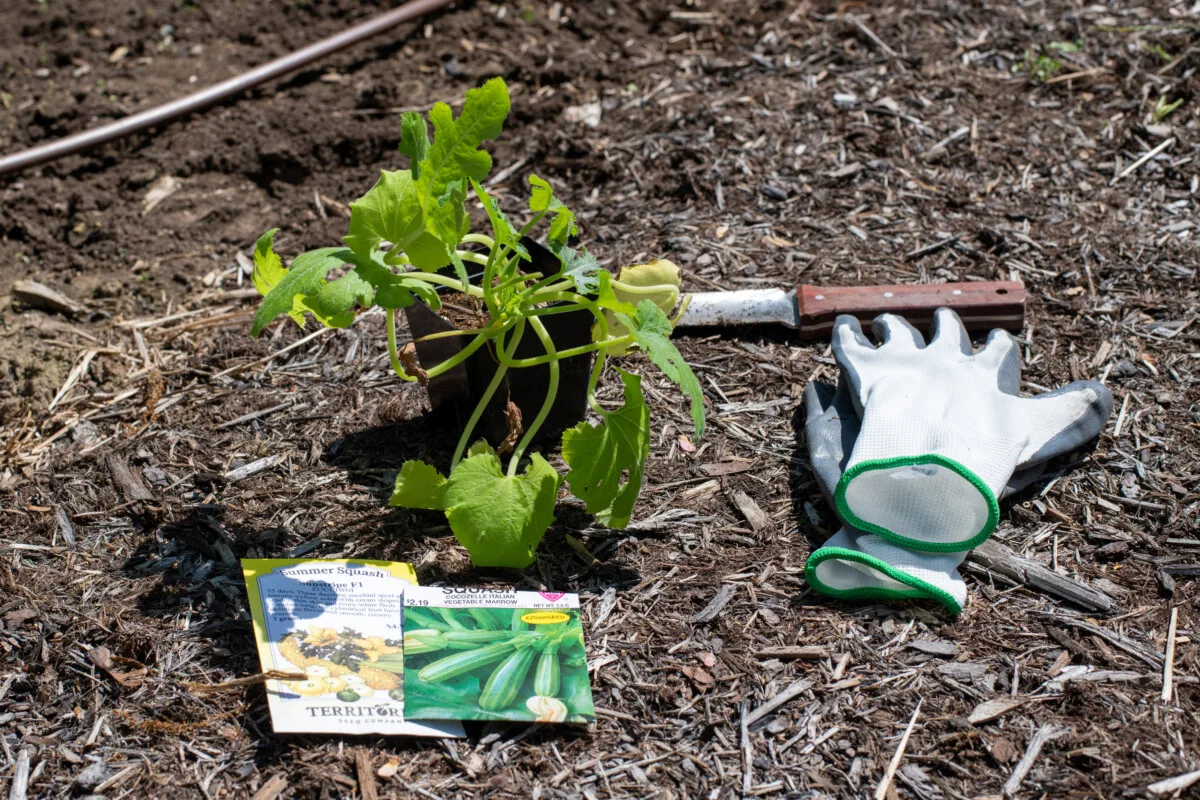
Get your zucchini harvest off to a great start with a few of my favorite quick planting tips. Even if you only use one or two, you’ll be up to your eyeballs in zucchini before you know it.
1. Oh, Hill, Yeah!
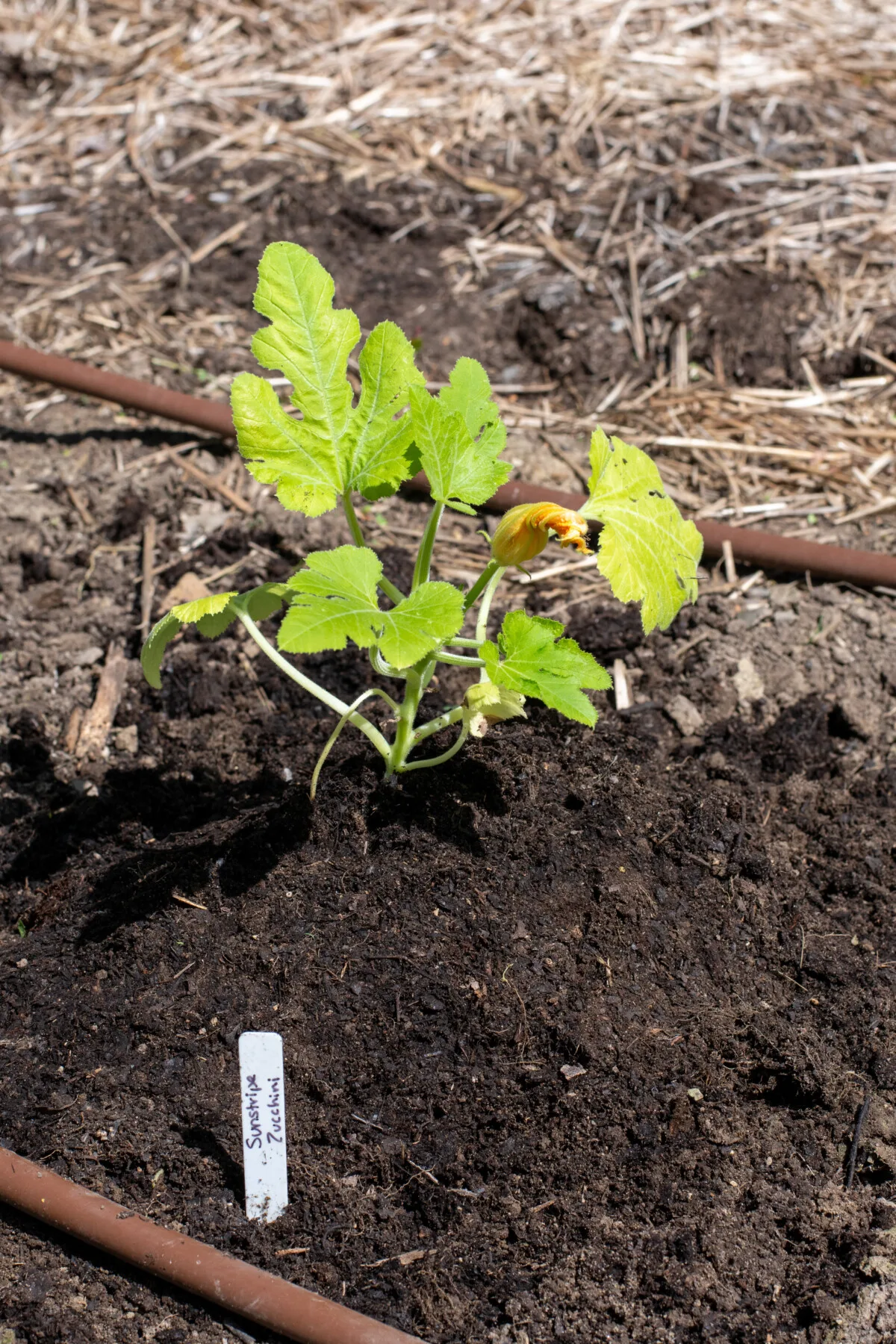
Make your zucchini the king of the hill this year by hilling up your squash. Whether you plant a seed or you’re transplanting a seedling, hill up the soil a bit to plant it in. Even better, add some compost or any number of great soil amendments that will feed your plant all season long.
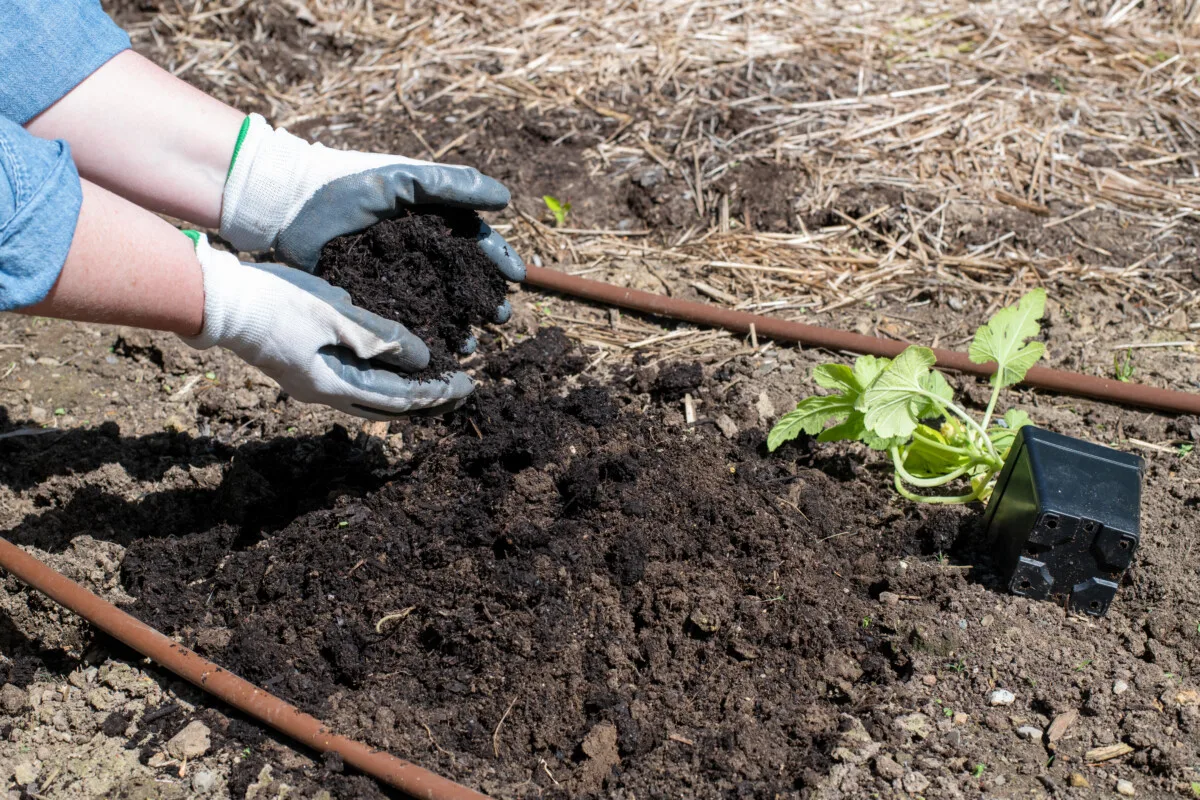
By hilling up your zucchini, you’ll be getting it up off the ground a bit, which can help with airflow later on (powdery mildew thrives in damp conditions). Not to mention, hilled soil warms up faster, which helps with seed germination.
2. Mulch, Mulch, Mulch
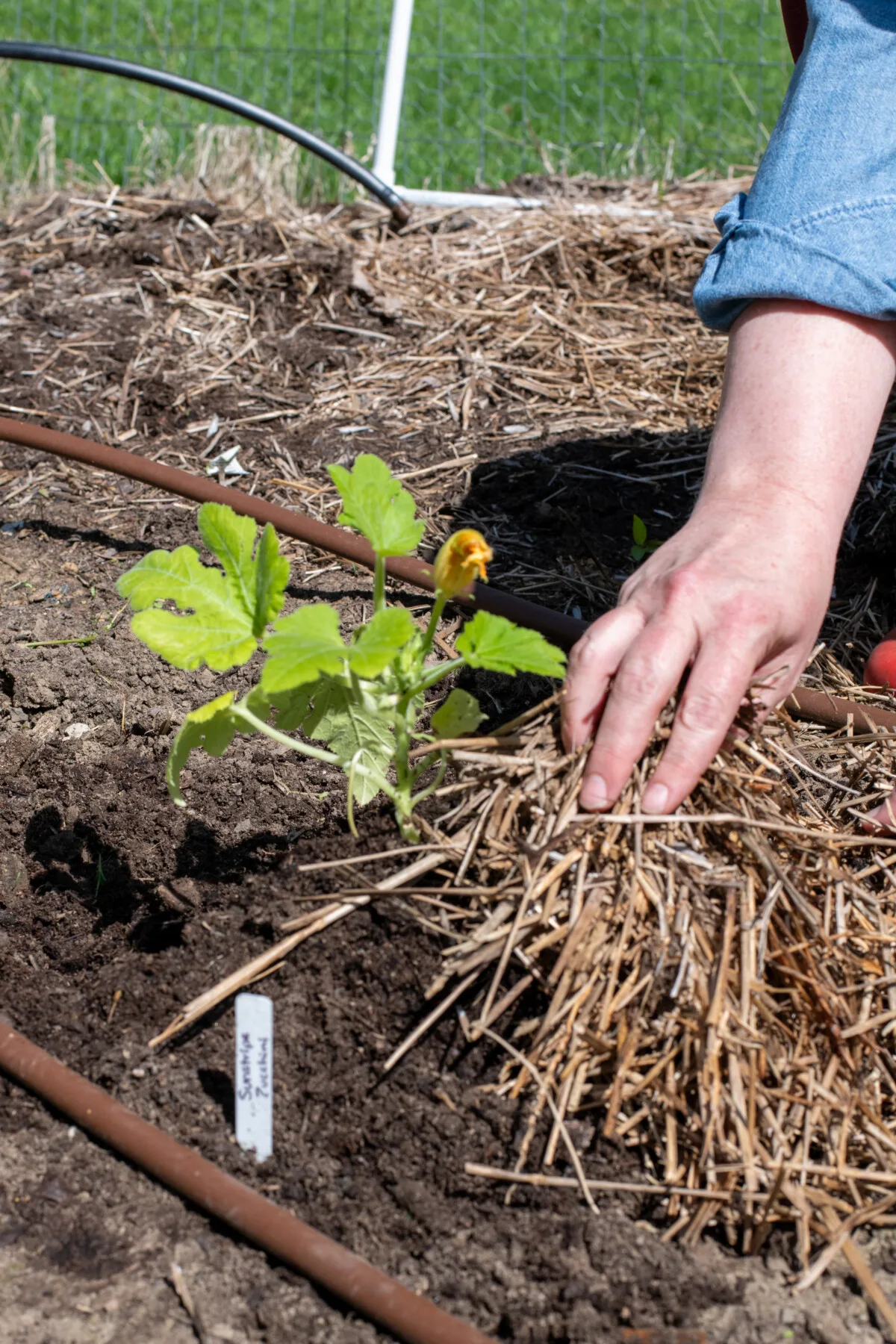
I know you’re probably sick and tired of hearing about it, but somewhere out there is a gardener who still isn’t mulching around their plants.
Bare soil is not natural. Whenever soil is bare, Mother Nature is quick to cover it up, and the first volunteers to do so are weeds. So, if you would like to do less weeding this summer, mulch, mulch, mulch.
Mulching also locks in moisture, meaning you don’t have to water as often. With temperatures rising year after year, mulching can save your garden in periods without rain.
3. Don’t Pinch Male Flowers

When squash plants are young, you’ll often see a ton of male flowers before you get your first female flower.
The general advice is to pinch off these new male flowers so the plant will put its energy into new growth.
Honey, it’s a zucchini; it’s gonna grow. It’s probably going to try to take over the garden.
By leaving the male flowers, you can avoid a common zucchini-growing complaint – low pollination rates. By letting the male flowers continue to grow, your zucchini is putting out lots of little yellow flags to attract pollinators before the female flowers show up. That way, when your plant matures and begins to produce female and male flowers, you’ll already have pollinators in the area.
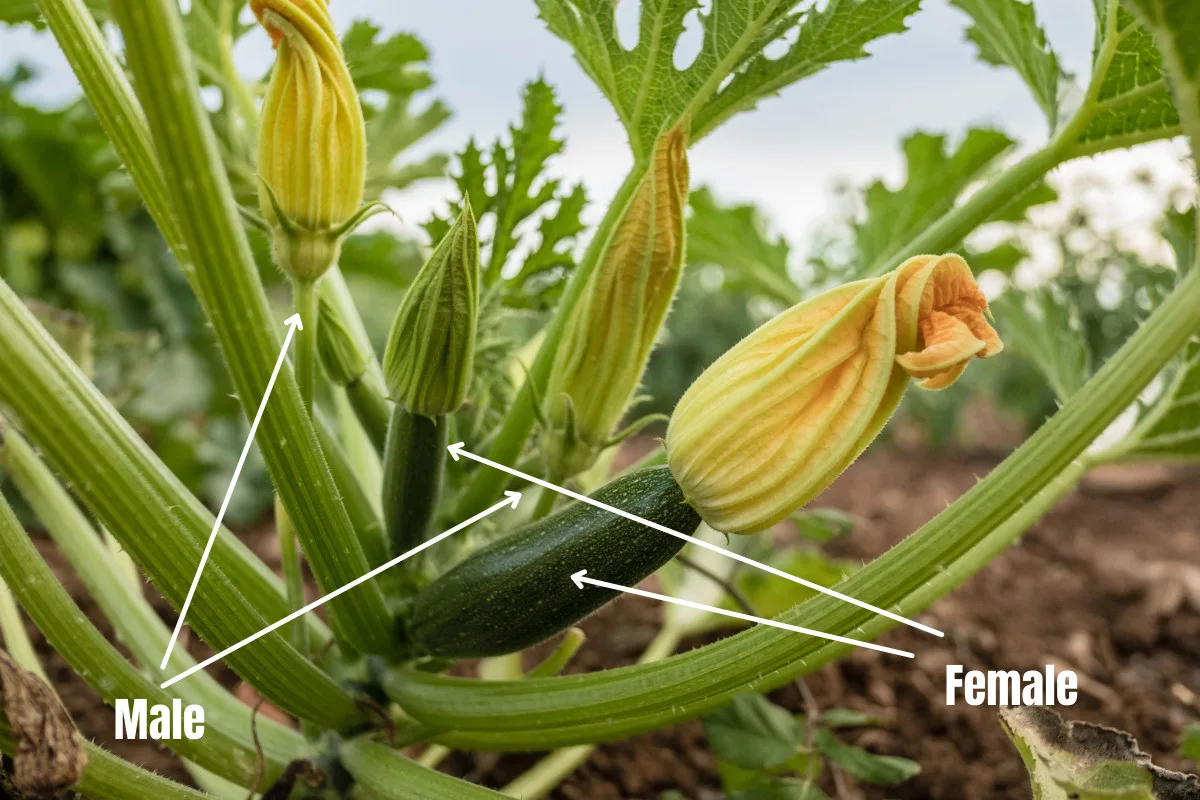
Here is a quick tutorial for those who are wondering what the difference is: a male flower is a squash flower on a long stem, and the female flower looks like a tiny zucchini with a flower on the end of it.
4. Plant Flowers Near Your Zucchini
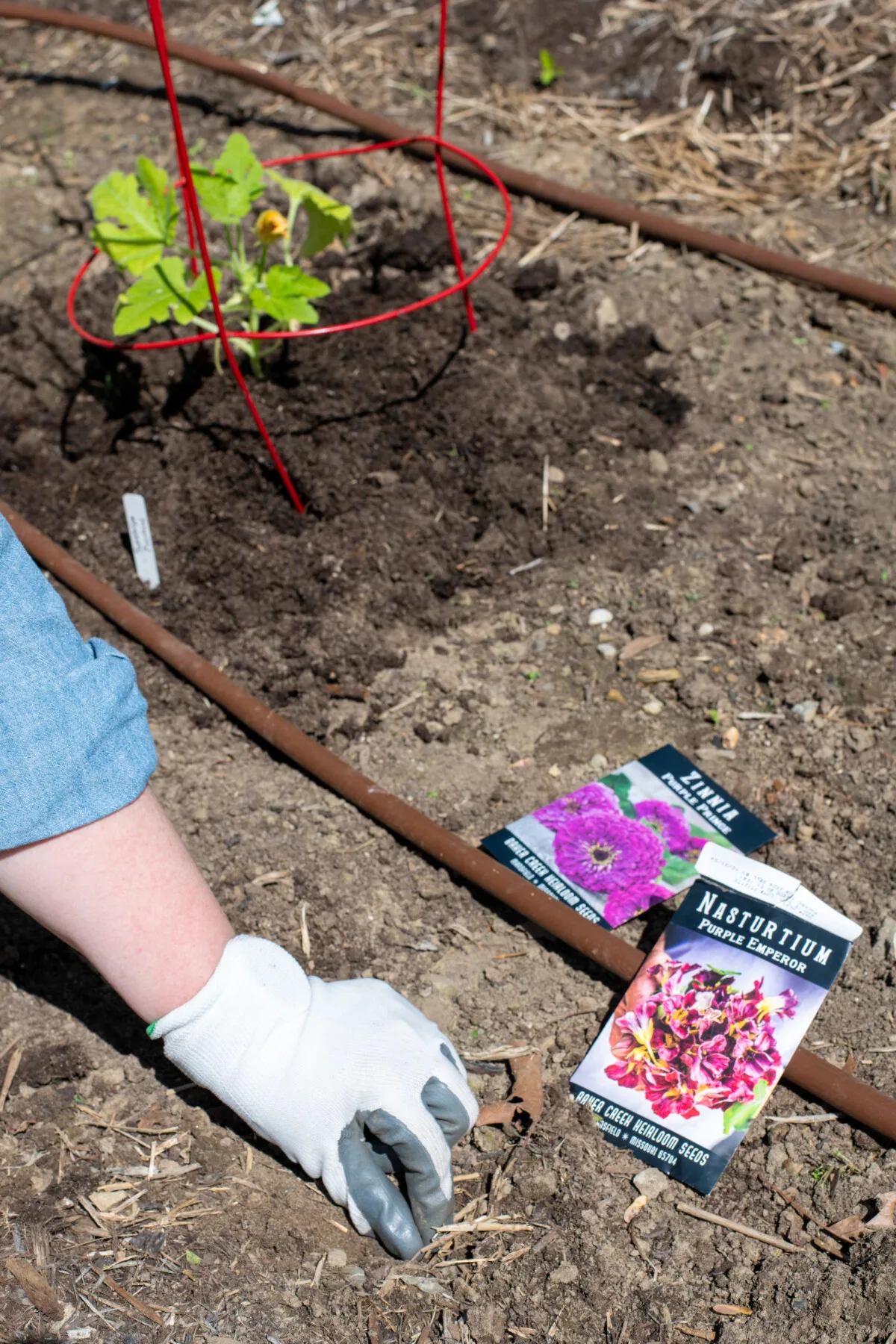
If you really want to ensure you don’t have pollination issues, plant some flowers near your zucchini. Pollinators are attracted to large blocks of bright color. Advertise that you’ve got more than just zucchini blossoms in that great sea of green that is your garden.
Zinnias are a great annual flower with gorgeous pops of color. They grow and bloom quickly, so you’ll be bringing in all the buzzing bees and ensuring your zucchini get pollinated all summer long. Plus, you get the bonus of a great cut flower in your garden.
Nasturtiums are another excellent flower to grow with zucchini. Not only are they covered in colorful blossoms, but the flowers and leaves are edible. The leaves have a peppery flavor and I’m constantly tossing them in my summer salads.
5. Stop Squash Borers Now Rather Than Later
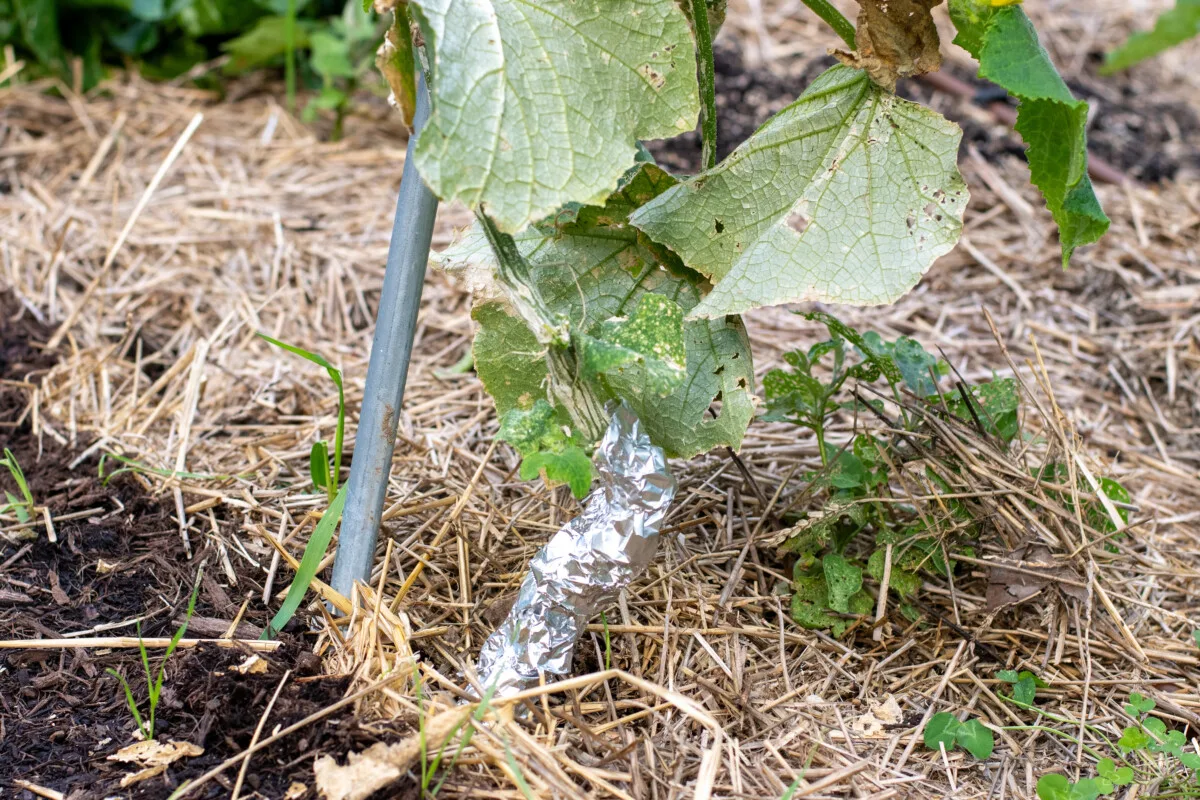
Nothing puts an end to your squash season faster than squash borers. Luckily, there’s something you can do early in the season, before they even emerge from the soil, to prevent them from eating more zucchini than you do.
Once your zucchini plant is established and growing nicely, wrap thin strips of aluminum foil around the base of the plant. You want to start right below the ground a little and wrap the aluminum up the stem about six inches. Make sure you don’t leave any gaps but don’t wrap it so tightly that the stem can’t grow.
When the squash borers emerge from the soil in late June to early July, they won’t be able to lay their eggs at the base of your squash. You can read more about it here.
6. Plan For a Full-Sized Plant
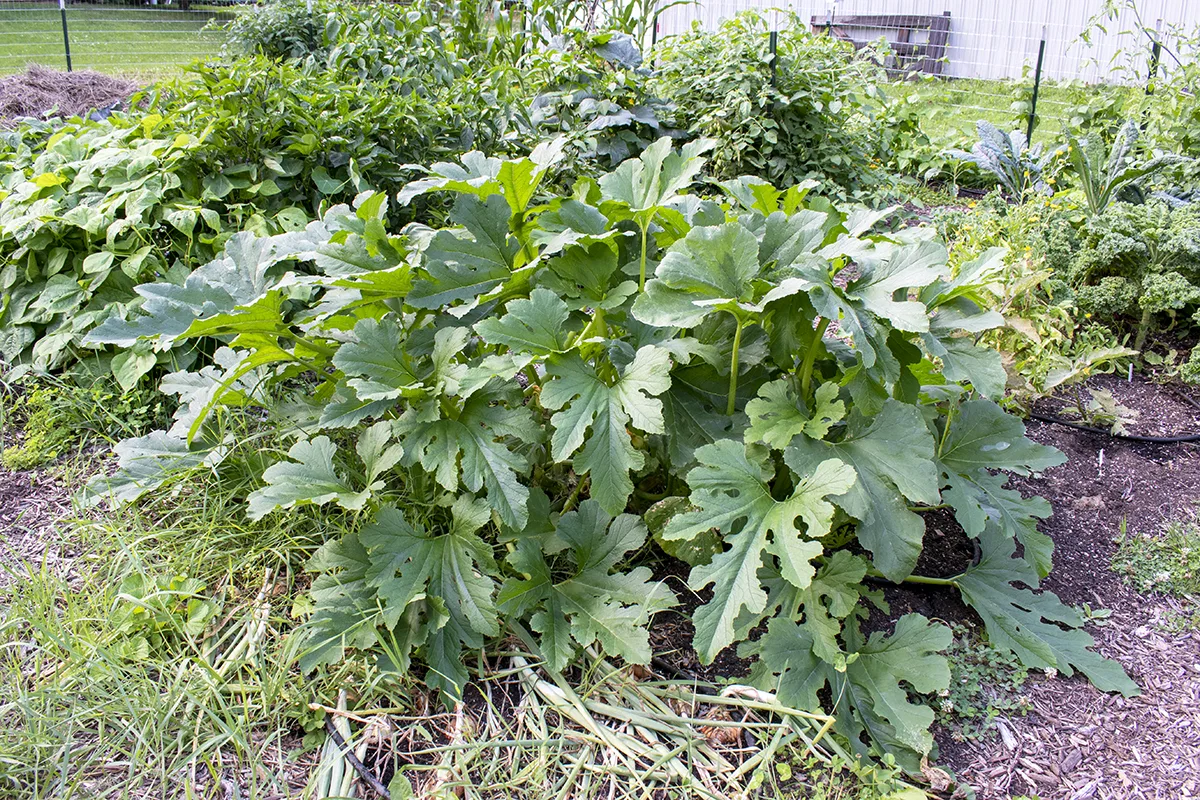
I have a terrible habit of forgetting how big squash plants get. This problem is compounded when I’m planting a wee little seedling in the spring.
It’s so small. Surely, I can plant this eggplant next to it, right?
Wrong.
I can’t tell you how many poor plants I’ve shaded out over the years because I didn’t plan with the mature size of my zucchini in mind.
7. Use Tomato Cages or Stake Your Zucchini to Save Space
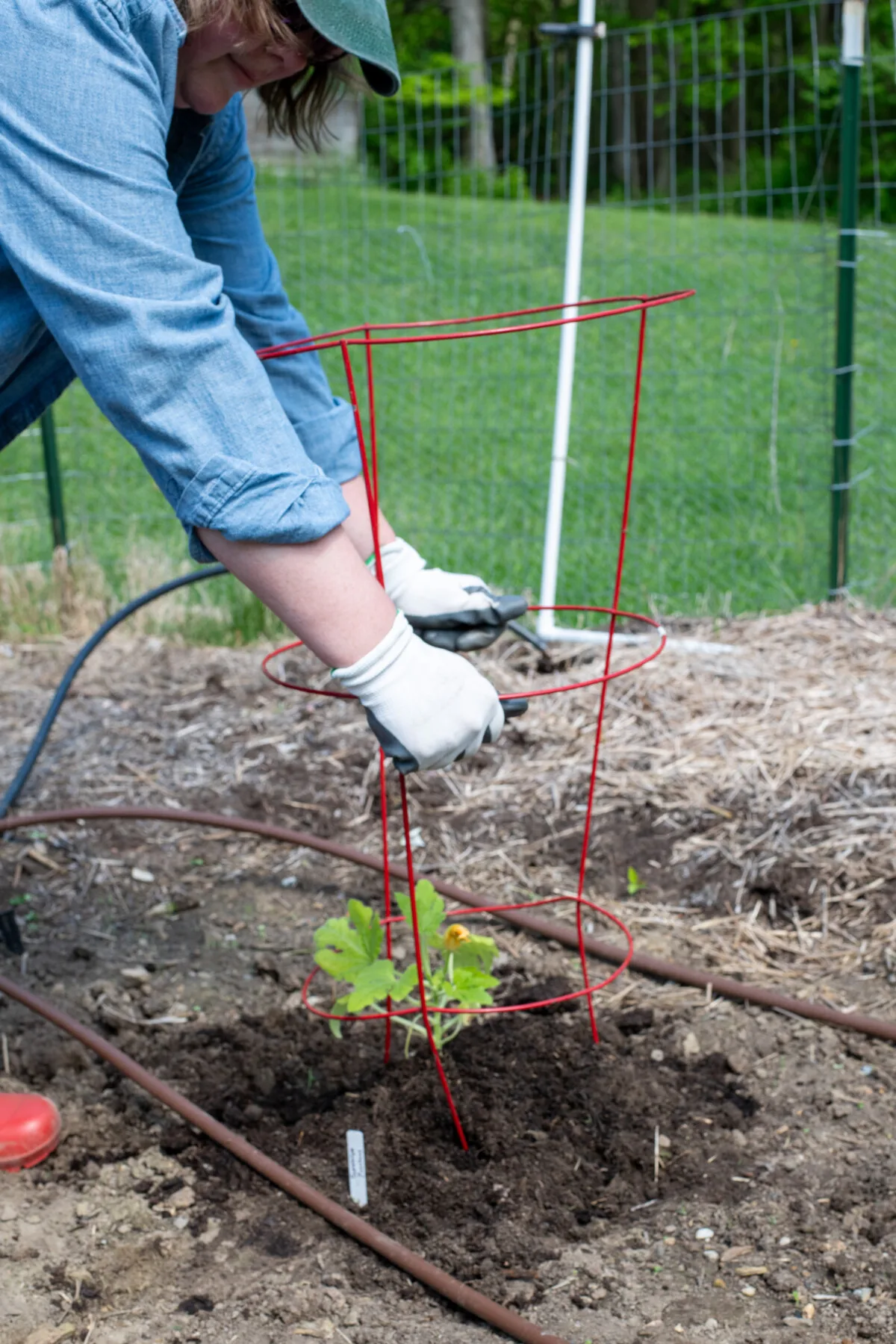
Of course, zucchini plants don’t have to be sprawling and take up half of your garden if you don’t want them to. You know those terrible tomato cages that don’t work well for tomatoes but are handy to have around for other plants? Yeah, they’re a great way to grow zucchini.
Place the tomato cage over your newly planted zucchini seedling and then train the leaves up through the center of the cage. Not only does this make a huge difference in airflow, but it means no more surprise caveman club-sized zucchini. They’re all right there in full view.
You can also stake zucchini and train it to grow up, saving you plenty of ground space for more veggies. When you start thinking vertically with your veggies, your garden suddenly gets a whole lot bigger.

Okay, now you can go plant zucchini. With these tips and tricks, I have a feeling you’re going to need this later this summer.
Read Next: 14 Ways to Preserve A Glut Of Zucchini: Freeze, Dry or Can

Get the famous Rural Sprout newsletter delivered to your inbox.
Including Sunday musings from our editor, Tracey, as well as “What’s Up Wednesday” our roundup of what’s in season and new article updates and alerts.


